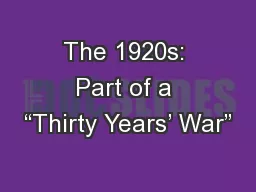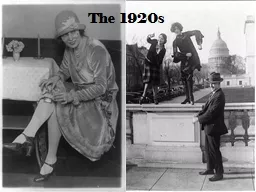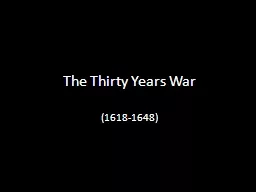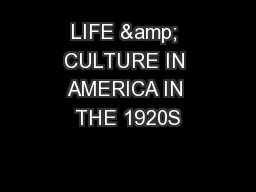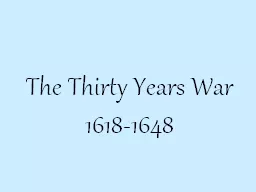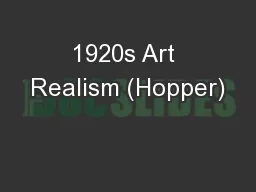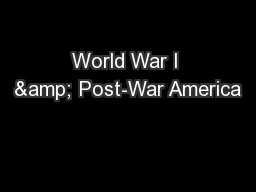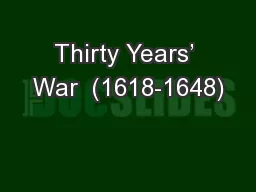PPT-The 1920s: Part of a “Thirty Years’ War”
Author : kittie-lecroy | Published Date : 2018-02-26
or the Recovery of Europe 1919 Germans establish the Weimar Republic April 1921 German reparations bill set at 132 billion gold marks 52 for France 22 for Britain
Presentation Embed Code
Download Presentation
Download Presentation The PPT/PDF document "The 1920s: Part of a “Thirty Years’ ..." is the property of its rightful owner. Permission is granted to download and print the materials on this website for personal, non-commercial use only, and to display it on your personal computer provided you do not modify the materials and that you retain all copyright notices contained in the materials. By downloading content from our website, you accept the terms of this agreement.
The 1920s: Part of a “Thirty Years’ War”: Transcript
Download Rules Of Document
"The 1920s: Part of a “Thirty Years’ War”"The content belongs to its owner. You may download and print it for personal use, without modification, and keep all copyright notices. By downloading, you agree to these terms.
Related Documents

